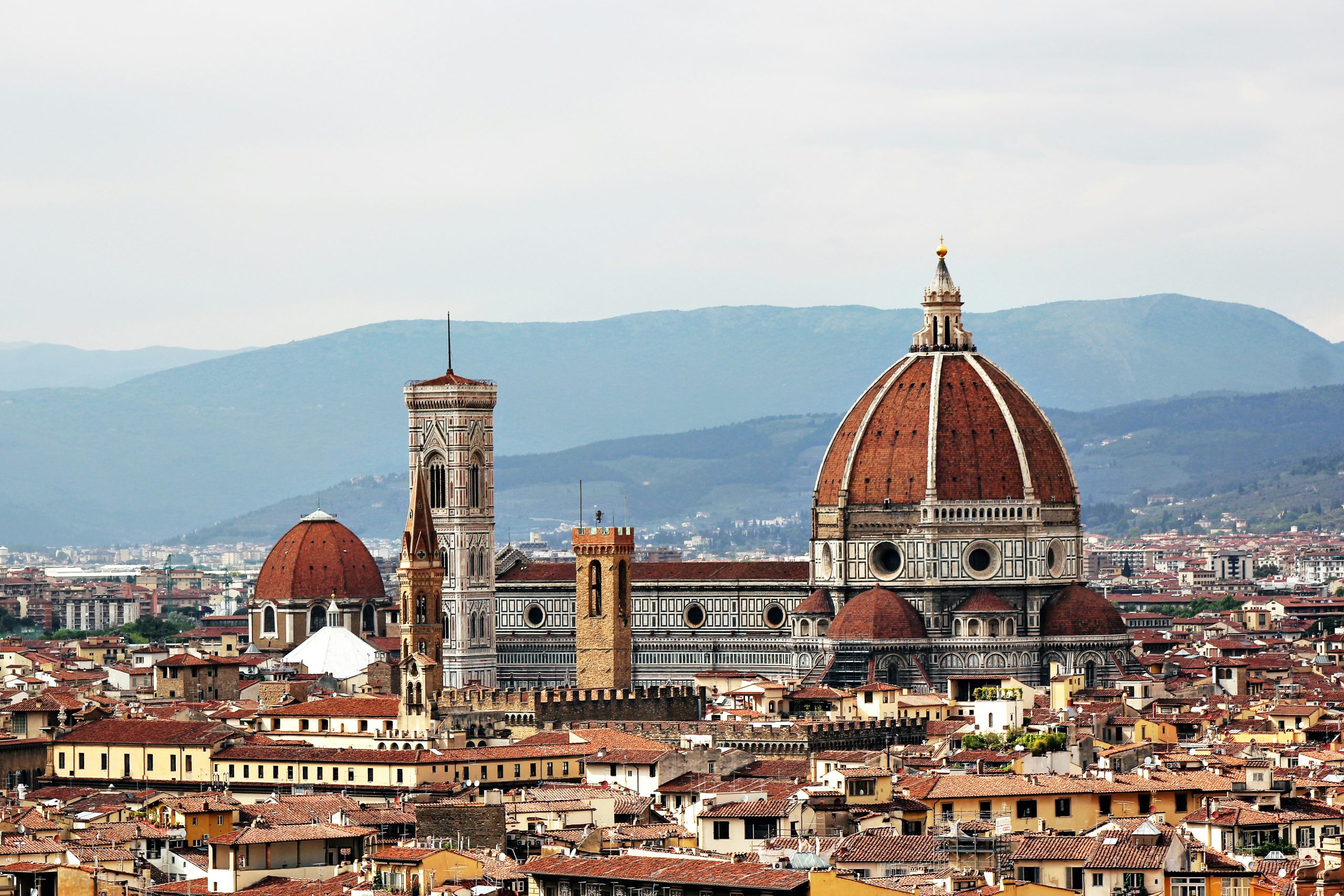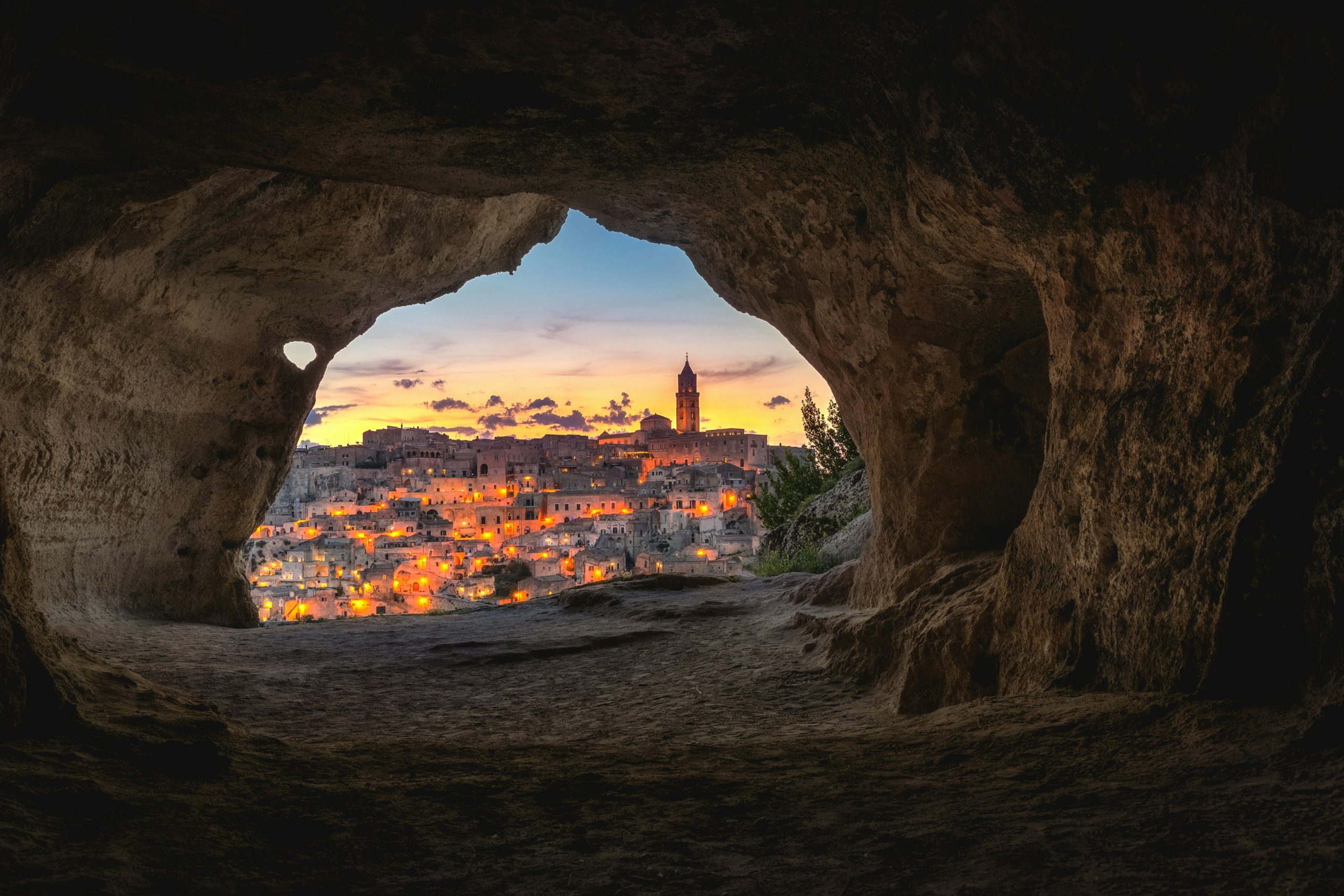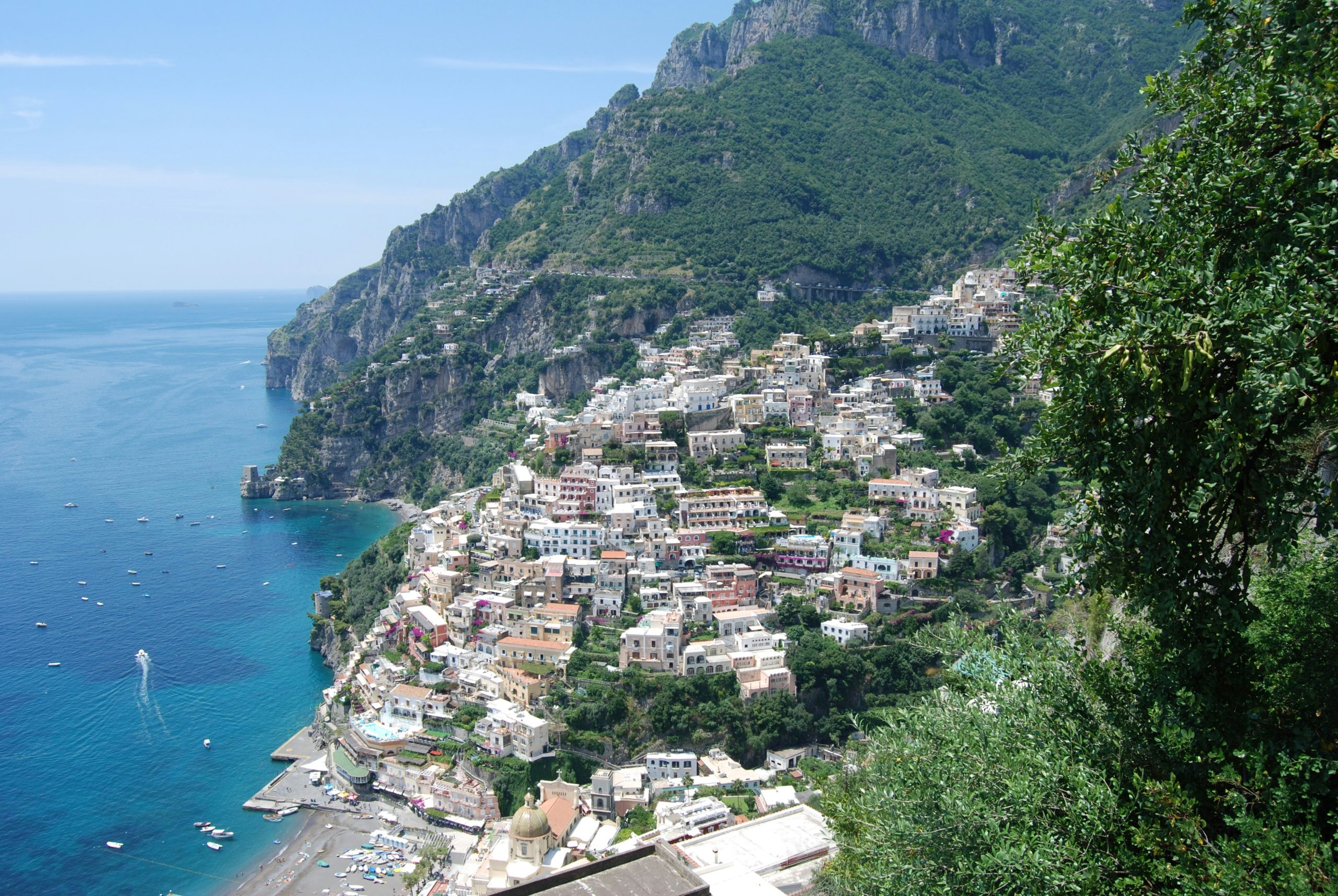Italy is a land of timeless beauty and profound history, where the past and present intertwine in a spectacular dance of culture, art, and nature. If there’s one thing that truly sets Italy apart, it’s its extraordinary collection of UNESCO World Heritage Sites. With the highest number of UNESCO recognitions in the world, Italy is a living canvas of humanity’s greatest masterpieces, from stunning natural wonders to the architecture and art that shaped our civilizations. Let’s take a journey through Italy’s greatest treasures — each one a symbol of creative brilliance, cultural legacy, and natural splendor.
Florence: The Birthplace of the Renaissance

Stepping into Florence feels like walking through a living museum, where every street, every corner, and every square tells the story of a rebirth — a Renaissance reborn. The historic center of Florence is a UNESCO World Heritage Site not just for its stunning architecture, but for its transformative role in history. As you stroll through the cobblestone streets, you’re walking in the footsteps of legends like Michelangelo, Leonardo da Vinci, and Botticelli. Marvel at the Duomo, a masterpiece of architecture that has defined the city’s skyline for centuries. Visit the Uffizi Gallery, home to some of the most famous works of art ever created. Florence is not merely a place to visit; it’s a place to experience the very soul of Italy’s cultural history.
Matera: The Ancient Cave Dwellings

In the southern region of Basilicata, the city of Matera is one of the oldest continuously inhabited places on Earth. It’s known for the Sassi di Matera, an ancient network of cave dwellings carved into the limestone hills. Imagine walking through a labyrinth of narrow streets and stairways, where homes and churches are hollowed out of the rock itself, creating a surreal, almost otherworldly atmosphere. Matera is a place where history feels alive, where ancient traditions and modern life coexist harmoniously. It’s a place that challenges your understanding of time and shows you how humans have adapted to the land for millennia. Visiting Matera is like stepping into the past, and at the same time, it’s an intimate encounter with the ingenuity of human resilience.
The Amalfi Coast: Vertical Villages by the Sea

The Amalfi Coast is undoubtedly one of the most famous coastlines in the world, a dramatic stretch of cliffs, azure waters, and colorful villages that seem to defy gravity. The coastline is dotted with vertical villages perched high on the cliffs, with their buildings cascading down toward the sea like a vibrant painting. These villages, like Positano and Ravello, are not just beautiful — they are places of living heritage. UNESCO recognized the Amalfi Coast for its unique cultural landscape, which includes a centuries-old tradition of cultivating terraces on the steep hillsides. As you explore the coast, you’ll find yourself captivated by the breathtaking views and the charming atmosphere of small towns that still carry the traces of their medieval roots. It’s a place where nature’s beauty meets human ingenuity, creating one of the most unforgettable landscapes in the world.
Alberobello: A Fairytale in Stone

In the heart of Puglia, there’s a town that looks like it belongs in a storybook — Alberobello. Famous for its unique trulli houses, these conical-roofed stone dwellings are like nothing you’ve ever seen before. The trulli houses were built with dry stone without mortar, a technique that dates back to prehistoric times. Today, they form a UNESCO-listed village that seems frozen in time. Walking through the streets of Alberobello is like stepping into a fairytale, where each whitewashed building, with its peculiar shape and mystical charm, tells a story of a simpler, yet incredibly resourceful way of life. These houses, steeped in history and tradition, invite visitors to discover the creativity and craftsmanship of the past while embracing the warmth and hospitality of the present.
Why Visit These UNESCO World Heritage Sites?
You might wonder — why do these places, among many others in Italy, receive UNESCO recognition? It’s not just about their jaw-dropping beauty, though that’s certainly part of it. UNESCO World Heritage Sites are celebrated because they represent the most significant achievements of human creativity, the best examples of cultural or natural heritage, and the places where humanity’s history is most profoundly felt. These sites are not just relics of the past; they are living, breathing examples of human achievement, sustainability, and cultural continuity. They are places where the essence of humanity’s creativity and connection to nature has been preserved for future generations.
But beyond UNESCO’s formal recognition, these sites are more than just places to visit; they are destinations that leave an indelible mark on your soul. Each UNESCO site tells a unique story, inviting you to connect with the land, the people, and the history that has shaped it. In every stone, every brushstroke, every coastline, there’s a reminder that these wonders were created not just for admiration, but for inspiration.
A Journey Through Italy’s Everlasting Legacy
Italy’s UNESCO World Heritage Sites are not simply travel destinations; they are an invitation to experience the very essence of the human spirit — our desire to create, to preserve, and to connect. Whether you’re wandering through the Renaissance streets of Florence, exploring the ancient cave dwellings of Matera, gazing out over the Amalfi Coast’s dramatic cliffs, or stepping into the enchanting world of Alberobello’s trulli houses, you’ll be immersed in a journey that spans centuries of culture, beauty, and history.
Italy is waiting to share its treasures with you — a journey that promises not only breathtaking views but a deeper understanding of what it means to preserve the beauty of our world for generations to come. It’s more than a trip; it’s a timeless experience, rich with stories, creativity, and connection.
So, pack your bags, and get ready to explore Italy’s unparalleled UNESCO World Heritage Sites. The journey of a lifetime awaits!






